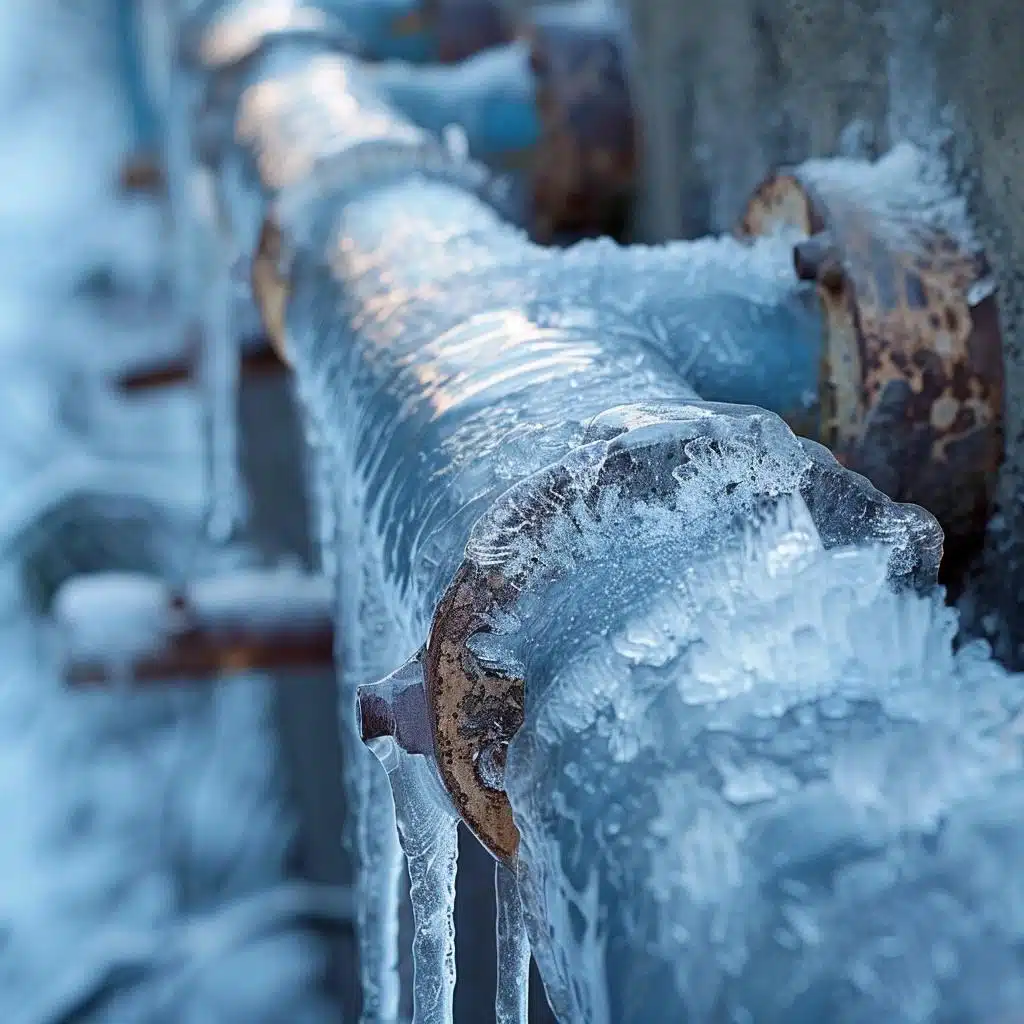Crucial Advice to Prevent Frozen Plumbing in Winter: Specialist Guidance
Crucial Advice to Prevent Frozen Plumbing in Winter: Specialist Guidance
Blog Article
How do you feel about 6 Ways to Prevent Frozen Pipes?

Cold weather can wreak havoc on your plumbing, specifically by freezing pipelines. Right here's just how to prevent it from occurring and what to do if it does.
Intro
As temperatures decrease, the threat of icy pipelines boosts, possibly bring about costly repairs and water damage. Comprehending exactly how to stop frozen pipes is essential for property owners in cold climates.
Understanding Icy Pipes
What triggers pipes to freeze?
Pipelines freeze when exposed to temperature levels listed below 32 ° F (0 ° C) for prolonged durations. As water inside the pipes freezes, it expands, putting pressure on the pipeline wall surfaces and possibly creating them to burst.
Threats and problems
Icy pipes can bring about water interruptions, property damages, and costly repairs. Ruptured pipes can flood homes and trigger extensive architectural damage.
Indications of Frozen Pipes
Recognizing frozen pipelines early can avoid them from bursting.
Just how to recognize icy pipes
Search for decreased water circulation from taps, unusual smells or noises from pipelines, and visible frost on subjected pipelines.
Prevention Tips
Insulating at risk pipes
Wrap pipes in insulation sleeves or use heat tape to secure them from freezing temperature levels. Focus on pipelines in unheated or external locations of the home.
Heating methods
Maintain interior spaces effectively warmed, specifically locations with plumbing. Open cabinet doors to permit cozy air to distribute around pipes under sinks.
Safeguarding Outdoor Pipes
Garden hoses and outdoor taps
Detach and drain yard hose pipes before winter season. Mount frost-proof spigots or cover exterior taps with shielded caps.
What to Do If Your Pipes Freeze
Immediate activities to take
If you presume frozen pipelines, keep taps available to relieve pressure as the ice thaws. Utilize a hairdryer or towels soaked in warm water to thaw pipes slowly.
Long-Term Solutions
Structural modifications
Consider rerouting pipelines far from exterior wall surfaces or unheated areas. Include added insulation to attic rooms, basements, and crawl spaces.
Updating insulation
Invest in top notch insulation for pipes, attics, and walls. Appropriate insulation assists preserve regular temperatures and decreases the threat of frozen pipes.
Final thought
Avoiding icy pipes needs positive actions and quick actions. By understanding the causes, signs, and preventive measures, homeowners can safeguard their plumbing throughout winter.
5 Ways to Prevent Frozen Pipes
Drain Outdoor Faucets and Disconnect Hoses
First, close the shut-off valve that controls the flow of water in the pipe to your outdoor faucet. Then, head outside to disconnect and drain your hose and open the outdoor faucet to allow the water to completely drain out of the line. Turn off the faucet when done. Finally, head back to the shut-off valve and drain the remaining water inside the pipe into a bucket or container. Additionally, if you have a home irrigation system, you should consider hiring an expert to clear the system of water each year.
Insulate Pipes
One of the best and most cost-effective methods for preventing frozen water pipes is to wrap your pipes with insulation. This is especially important for areas in your home that aren’t exposed to heat, such as an attic. We suggest using foam sleeves, which can typically be found at your local hardware store.
Keep Heat Running at 65
Your pipes are located inside your walls, and the temperature there is much colder than the rest of the house. To prevent your pipes from freezing, The Insurance Information Institute suggests that you keep your home heated to at least 65 degrees, even when traveling. You may want to invest in smart devices that can keep an eye on the temperature in your home while you’re away.
Leave Water Dripping
Moving water — even a small trickle — can prevent ice from forming inside your pipes. When freezing temps are imminent, start a drip of water from all faucets that serve exposed pipes. Leaving a few faucets running will also help relieve pressure inside the pipes and help prevent a rupture if the water inside freezes.
Open Cupboard Doors
Warm your kitchen and bathroom pipes by opening cupboards and vanities. You should also leave your interior doors ajar to help warm air circulate evenly throughout your home.

I am very interested in How to Prevent Your Pipes From Freezing and I am hoping you enjoyed my post. So long as you appreciated our blog entry kindly don't forget to share it. We enjoy your readership.
Click Here Report this page